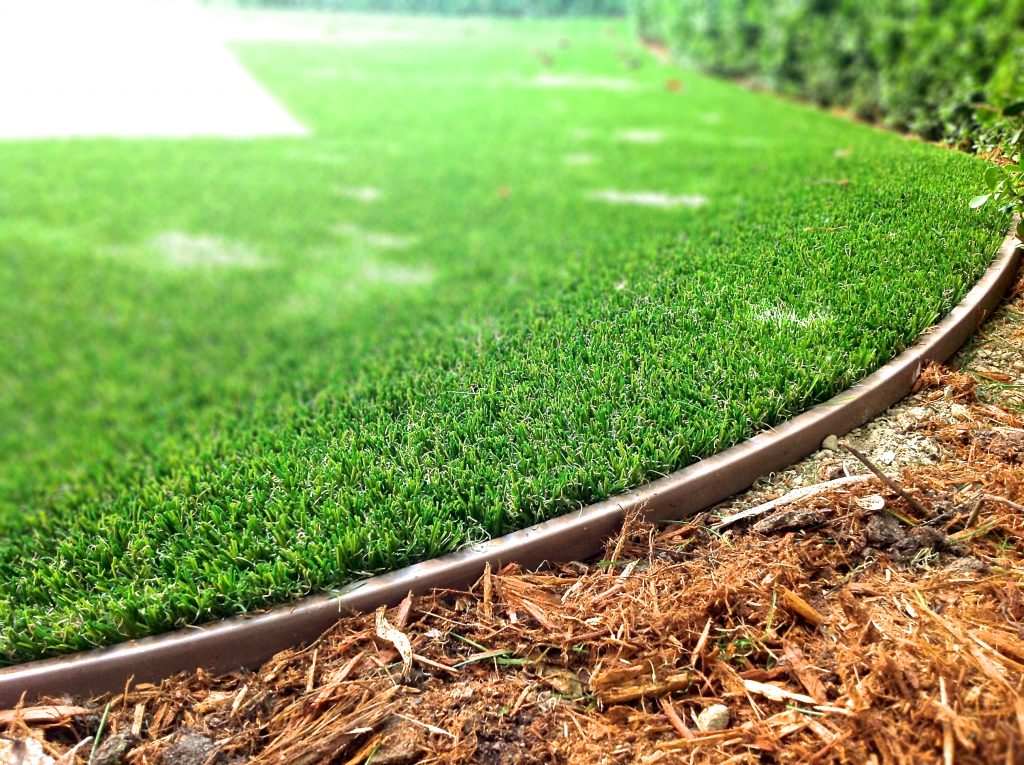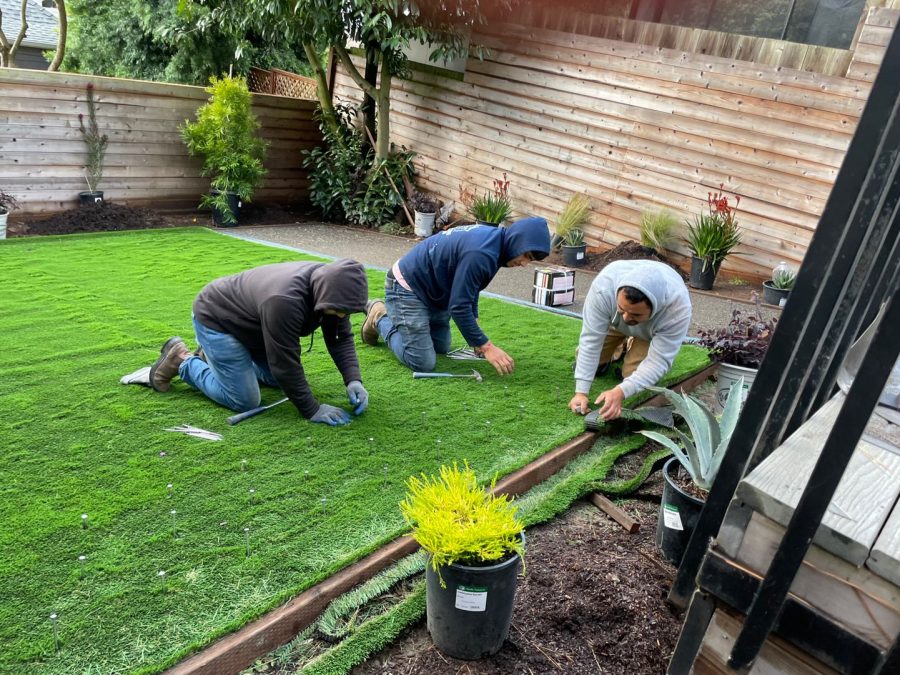Look Into the Environmental Benefits of Opting for Artificial Turf Solutions
The adoption of synthetic lawn remedies provides an engaging possibility to address pushing ecological difficulties. By significantly minimizing water use and minimizing the application of damaging chemicals, these choices not just promote sustainable landscaping however additionally protect local ecosystems.
Water Conservation Advantages
Among the most significant benefits of fabricated turf is its capability to preserve water. Typical turf yards require substantial irrigation, specifically in areas vulnerable to dry spell or water limitations. In contrast, fabricated lawn does not require watering, considerably decreasing the general demand for water resources. This attribute is particularly useful in arid regions where water scarcity is a pushing problem.
By removing the requirement for regular watering, synthetic grass adds to sustainable landscape practices and assists alleviate the ecological influence of too much water consumption. Furthermore, the preservation of water expands to the reduction of overflow, which can result in dirt erosion and waterway contamination.
In addition, the setup of synthetic grass allows house owners and communities to allot water sources more efficiently, concentrating on vital usages such as alcohol consumption water and farming. The shift towards man-made grass not only promotes accountable water use yet likewise lines up with wider ecological objectives intended at maintaining all-natural sources.
As areas significantly focus on sustainability, the water preservation benefits of synthetic grass present a compelling case for its adoption in business and household landscape design projects.
Reduced Chemical Use
The shift to synthetic turf significantly lowers the reliance on chemical treatments generally utilized in natural yard maintenance. Traditional lawn administration generally entails the application of herbicides, pesticides, and plant foods to promote growth and control parasites. These chemicals can present risks to human wellness, local wild animals, and the atmosphere, adding to soil and water contamination.
In comparison, artificial grass gets rid of the demand for these hazardous compounds. By decreasing the launch of artificial substances right into the ecosystem, synthetic grass advertises much healthier soil and water systems.
Additionally, the lack of chemical drainage linked with synthetic grass installations helps safeguard local waterways from pollution, supporting aquatic life and preserving biodiversity. Arizona artificial turf. As areas increasingly prioritize sustainable practices, choosing synthetic grass provides a practical service that aligns with environmental preservation objectives. With this shift, residential property proprietors can take pleasure in rich eco-friendly spaces without compromising eco-friendly wellness, leading the way for a more lasting future
Reduced Carbon Impact

Furthermore, the installment of synthetic grass can cause substantial water conservation. Natural grass require significant quantities of water for watering, which not just adds to the carbon footprint connected with water extraction and treatment however additionally strains local water resources. On the other hand, synthetic grass requires marginal maintenance, requiring no watering, consequently considerably lowering water usage and its associated energy expenses.
In addition, the longevity of synthetic grass adds to its decreased carbon effect. With a life expectancy of approximately 15 years or even more, the demand for constant substitutes is lessened, resulting in less waste and lower energy consumption in manufacturing and disposing of conventional lawn options. Generally, fabricated lawn offers a lasting alternative for eco aware landscape design.
Environment Conservation
Environment conservation is an essential factor to consider in the discussion over landscape design options, particularly when contrasting fabricated grass to natural grass. All-natural lawn lawns frequently require extensive upkeep, including using herbicides, pesticides, and plant foods, which can detrimentally affect regional environments. These chemicals can leach right into the dirt and waterways, hurting native vegetation and fauna and disrupting local environments.
Fabricated lawn eliminates the demand for dangerous chemicals, thus shielding close-by wild animals and maintaining the integrity of surrounding communities. The setup of man-made grass can lead to the conversion of former turf areas right into more biodiverse landscapes, my company such as pollinator gardens or native plant locations, which can sustain neighborhood wild animals.
Eventually, the shift to synthetic grass not just saves water and minimizes maintenance efforts but also fosters an extra unified partnership in between human tasks and the natural environment, promoting habitat preservation in the process.
Long-Term Sustainability
Long-term sustainability is a vital variable in reviewing the benefits of synthetic turf over typical lawn lawns. Among the most significant advantages of synthetic turf is its longevity; it can last as much as 15-20 years with minimal upkeep, whereas natural yard needs frequent reseeding and substitute. This durability reduces the requirement for constant resources, such as water, plant foods, and pesticides, which are essential for preserving a healthy and balanced turf lawn.
Furthermore, synthetic lawn contributes to a decrease in carbon emissions related to yard treatment tools. Standard grass typically call for gas-powered mowers, trimmers, and blowers, every one of which add to air pollution. Arizona artificial turf. On the other hand, synthetic grass eliminates the requirement for such devices, advertising a cleaner setting
Furthermore, the manufacturing of synthetic grass progressively makes use of recycled products, enhancing its sustainability profile. read review As makers take on environment-friendly techniques, the environmental footprint of synthetic grass proceeds to lessen.

Final Thought
The adoption of synthetic grass remedies presents significant environmental advantages, including substantial water conservation, lowered dependence on harmful chemicals, and a lower carbon footprint. Fabricated lawn aids in preserving natural habitats by decreasing land disruption and promoting long-term sustainability via the use of resilient products. Jointly, these elements underscore the possibility of fabricated grass to contribute favorably to ecological health and wellness and provide a practical alternative to traditional landscape design methods in an increasingly resource-conscious globe.
In contrast, artificial lawn does not require watering, substantially decreasing the total demand for water resources. By decreasing the release of artificial substances right into the environment, synthetic lawn advertises much healthier soil and water systems.
Furthermore, the setup of artificial lawn can result in substantial water preservation. In contrast, man-made turf needs marginal our website maintenance, calling for no watering, thus significantly minimizing water usage and its connected energy costs.
